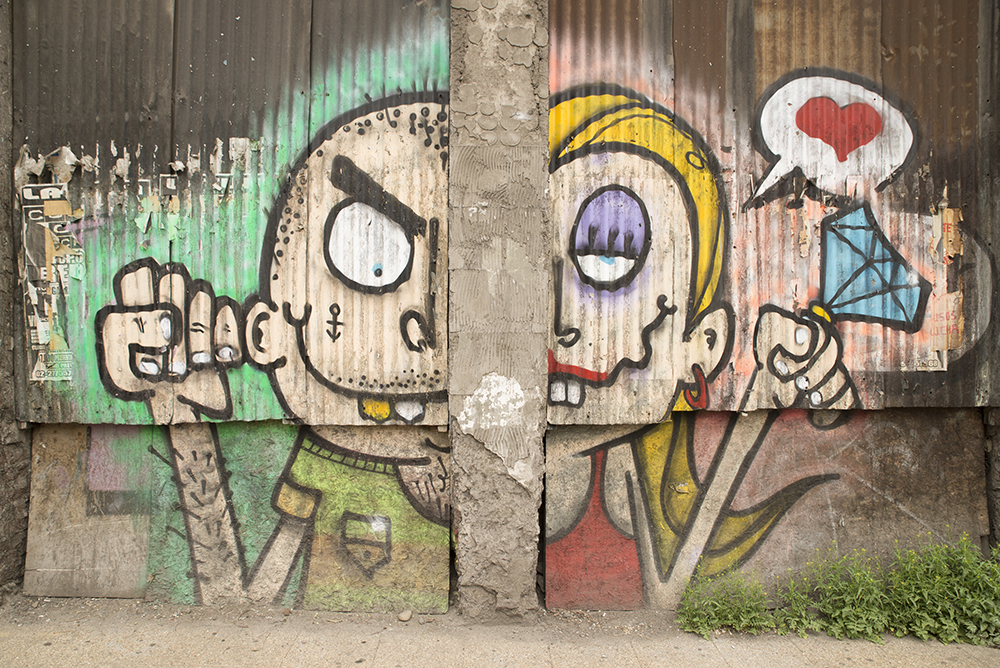Travelers know the questions one must field after returning from a trip. “How was the weather?” “What was your favorite part?” “How was the food?” all hurled at you by coworkers as you hug the office coffee maker, trying to fight off jet lag. For some, there is genuine interest in your trip. For most, it’s a perfunctory exchange where, once you start responding, their eyes glaze faster than a Bavarian strudel.
Except me. Excuse my bleary-eyed Monday-morning brethren, I want to hear all about your trip. Got pictures? Even better. Go ahead and swipe through all those sandy beaches, ancient ruins and decadent meals. With a limited budget and perennially maxed-out vacation time, it’s a vicarious escape for me, an opportunity to daydream between emails and spreadsheets. I celebrate the fact that my dream destination list, no matter how much I travel, never shortens.
My wife’s grandmother is a similar traveler. Last year, despite being well into her 80’s, she took trips to Mexico and Vietnam. And based on the handsome selection of photo albums on her bookshelf, this isn’t a recent urge.
One Thanksgiving, I flipped through one of those albums. It was from a trip she took to Nepal and Tibet in the late 1990’s with her now-deceased husband. As a digital-native amateur photographer, I admired the images for the deliberateness implicit in single-exposure film and the warm texture that dances somewhere between the Sierra and Valencia filters on Instagram.
But the most lasting impression was left by a single, hand-typed page in the back of the album. It was a simple list of memories – one or two sentences in length each – that served as an addendum to the visual accounts preceding it. Each entry was brief and evocative, capturing a piece of cultural detritus one collects while crossing borders. An analog tweet from an offline status update.
I used to take copious notes while traveling. In college, I studied abroad in Asia and dedicated an hour every evening to journaling that day’s events, no matter how mundane. Even though none of these journals have since been cracked, I know they’ll dutifully hold all the memories that would otherwise be lost to time.
I don’t know why I stopped journaling. It’s partly because “and then we did this, and then we did this, and then we did this…” doesn’t lead to elegant prose, a goal that most readers should recognize as already unattainable. I also discovered that foreign cultures have beer.
Not matter the reason, this type-written page inspired me. Certainly I could manage a few sentences scribbled in the Notes app on my iPhone, or in the Rite-in-the-Rain pad of paper I always carry in my back pocket?
A two-week trip to Chile, Argentina and Uruguay seemed like a good opportunity to give it a shot.
CHILE
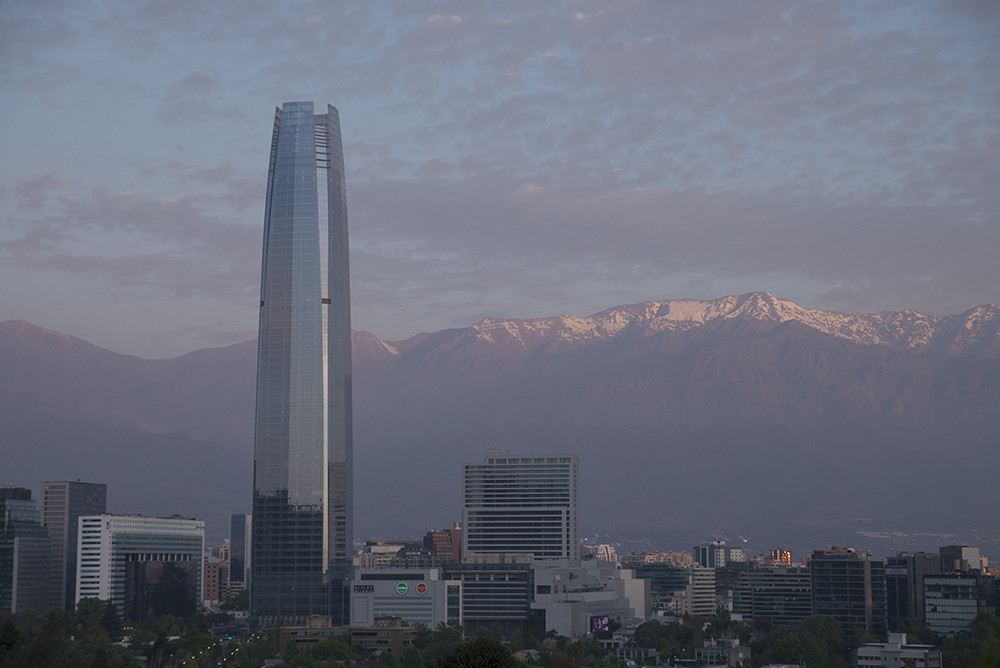
Santiago is a crown of sleek skyscrapers amid a cushion of snow-capped mountain tops, reaching staggering heights.
Everyone has a mountain bike in Santiago; there are very few road bikes.
On Sunday afternoon, the road to top of San Cristobal is packed with walkers, runners and cyclists.
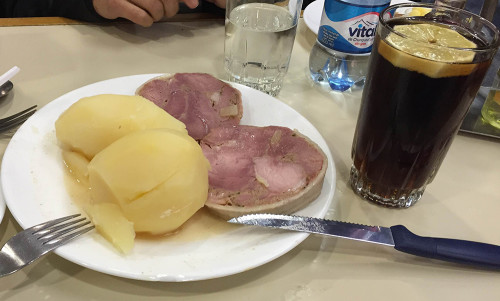
Casinos are illegal inside Santiago.
Pisco Sour (mixed with a potato-derived alcohol similar to vodko) or Piscola (same alcohol, but with Coke) are the drinks of choice.
Meals are meat, meat, meat, and fish. Repeat every day for lunch and dinner.
Stray dogs are numerous, tame and remarkably healthy. Many have “night homes” with Santiago residents and roam the street during the day. One chow mix leaned his head against my leg within blocks of our hotels on our first morning then followed our group as we walked a local park looking for birds. He was a welcome addition to the group until he chased through a flock of lapwings and thrushes, returning triumphantly to our group as if to say “hey guys, did you see that?”

European-style eating abounds in Chile with dinners starting around 9pm. Mid-afternoon snacks are their bread and butter. Literally, bread and butter.
There’s no “Chilean” look: a few are descendants of the native Mapuche while many are clearly of European ancestry.
It looks like many private homes in Santiago are the love children of American architects and the post-modern orgasm of the 1970’s.
Wooden funiculars – antique, rickety, and incredibly charming hybrids between gondolas and escalators, with twice the legal liability of both combined – are widely used in the hilly, coastal city of Valparaiso.
Coffee was only introduced to Chile – or at least it became popular – a few years ago. Coffee is mostly imported from abroad despite the fact that South America produces so many beans.
Passengers applaud in a synchronized rhythm when the plane lands, no matter how uneventful the flight. I can respect a culture that appreciates the miracle of flight.
ARGENTINA
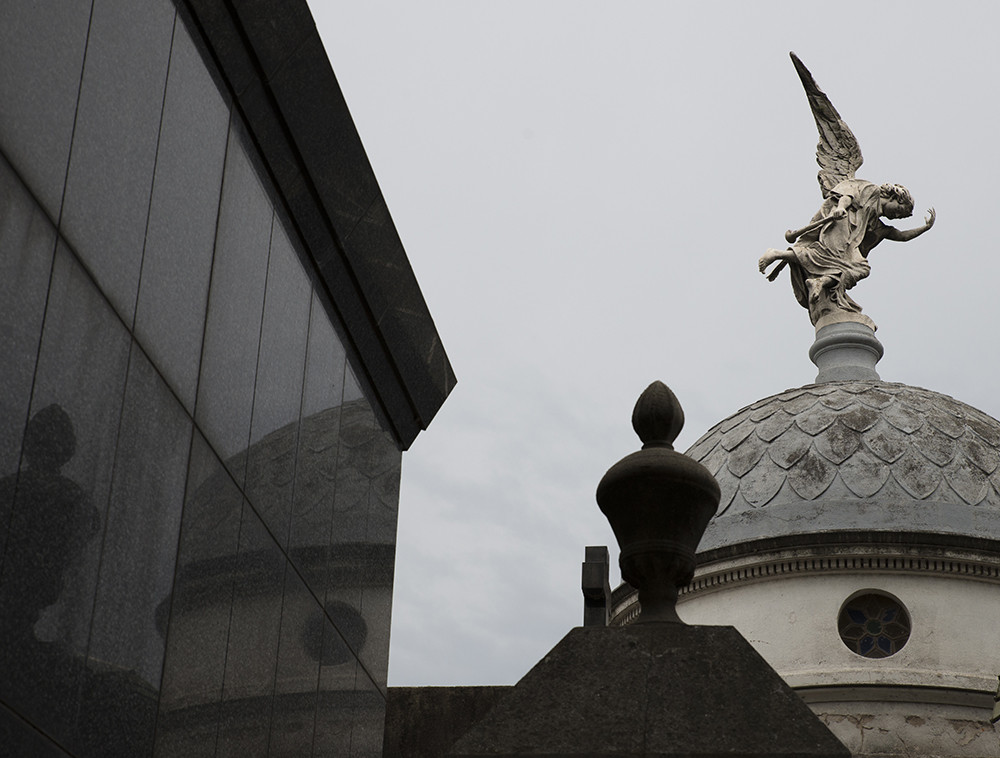
There’s an edge to the people and transactions here that you don’t find in Chile, and it’s not necessarily a pleasant change.
“Crossing like cows” is how our guide described the way in which people blindly cross intersections here, empowered by laws in extreme favor of pedestrians. Our tour bus nearly removed several people from the Buenos Aires gene pool.
During hailstorms, motorists will immediately park under trees to avoid damage from the falling ice chunks, which is not covered by insurance. Most cars just stopped in the middle of the arterial, while others drove up and over curbs and over lawns to find cover in a street-side park.
Everyone carries a leather satchel that includes a small gourd, slightly bent silver straw with filter, a hot water thermos and a large container of maté, a type of tea. Some may picture a small, dainty, neatly-contained teabag; a heaping handful of grass clippings is a better visual comparison. Some Argentinians garnish with lemon, most drink it raw. Piles of spent maté are frequently encountered and resemble the droppings of a well-hydrated herbivore.
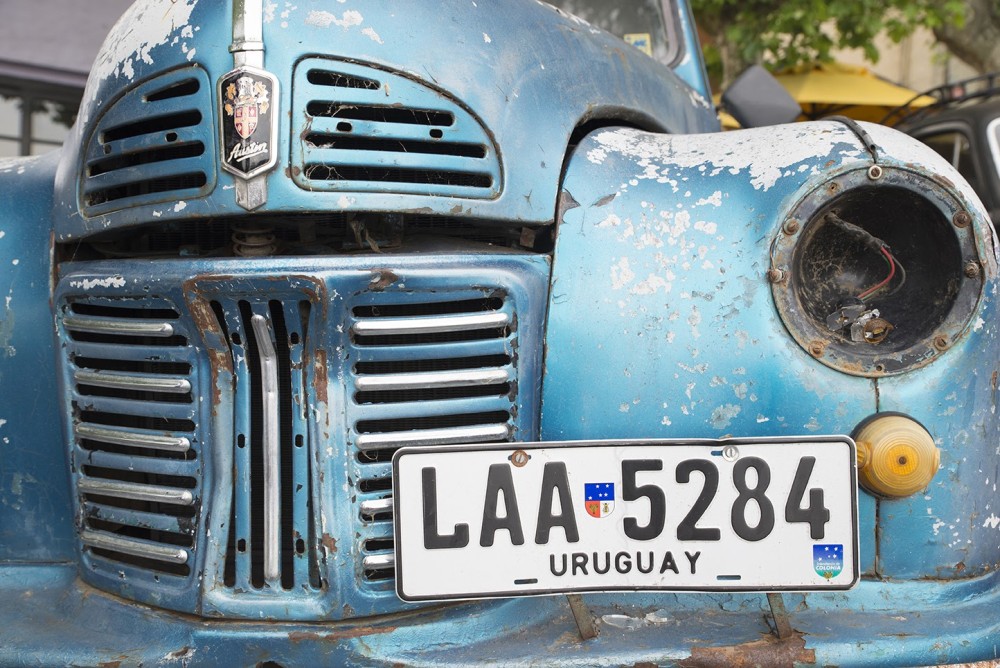
Short, quick sentences jotted throughout the day was a very manageable way to journal while traveling. Capturing memories while being able to imbibe during the evenings? That’s a win.
In other news, as predicted, my travel wish list grew: now I need to see Bolivia and the pampas of Brazil.
